Five reasons coronavirus may be getting less deadly
Covid-19 infection rates are rising in many countries - but death rates remain low
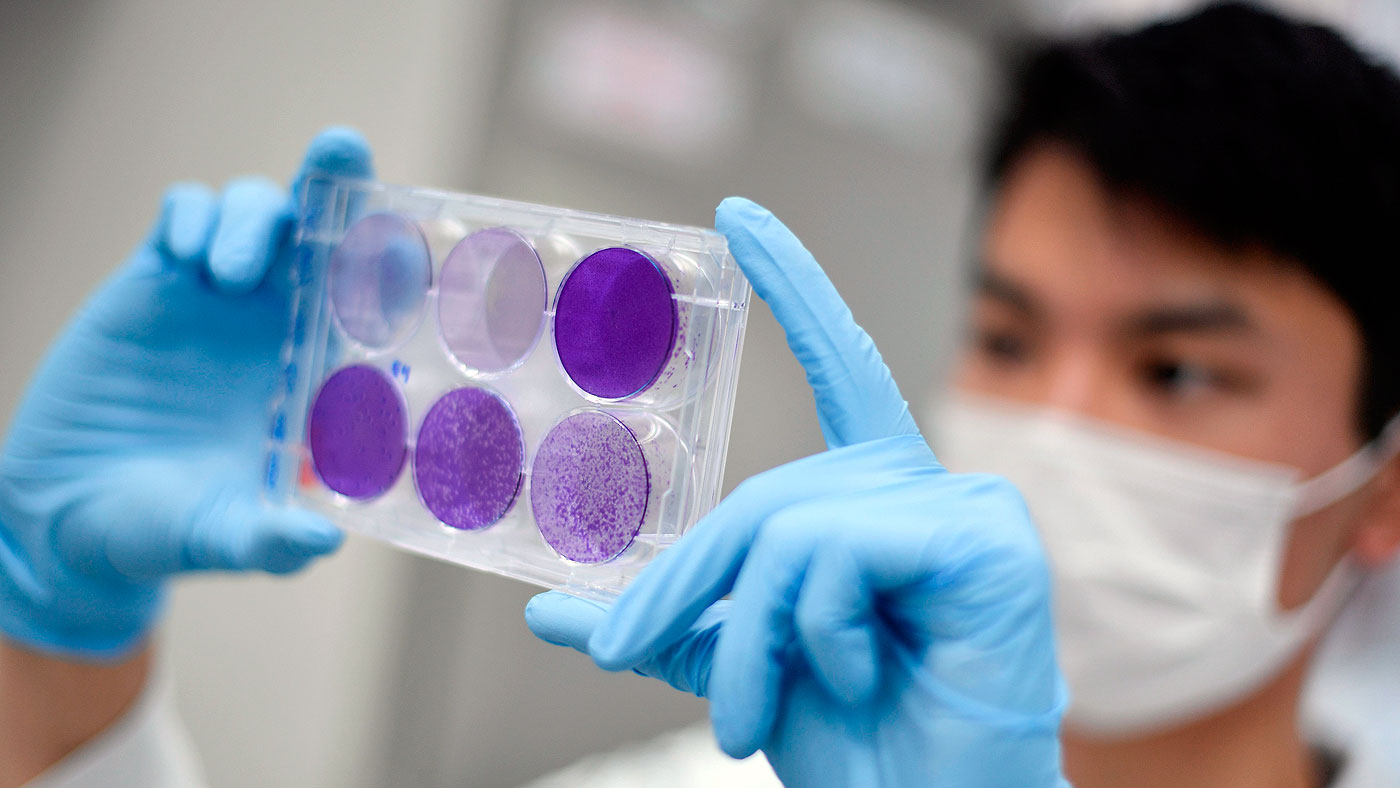
An increase in Covid-19 cases in the UK and many other European countries has triggered fears of a deadly second wave - but another set of statistics offers more grounds for optimism.
“It is becoming increasingly clear that people are less likely to die if they get Covid-19 now compared with earlier in the pandemic, at least in Europe,” says New Scientist.
In the UK, for example, last week’s daily average of 1,060 confirmed new cases per day was the highest since mid-June, but hospital admissions were at their lowest since early March.
The Week
Escape your echo chamber. Get the facts behind the news, plus analysis from multiple perspectives.

Sign up for The Week's Free Newsletters
From our morning news briefing to a weekly Good News Newsletter, get the best of The Week delivered directly to your inbox.
From our morning news briefing to a weekly Good News Newsletter, get the best of The Week delivered directly to your inbox.
“Although hospitalisations and deaths lag infections, neither indicator has shown a corresponding increase even six weeks after the number of cases began to rise,” says the Financial Times.
Here are five possible reasons for the encouraging trend:
1. Different people are catching Covid-19
In the early stages of the pandemic, the coronavirus tore through care homes, infecting vulnerable elderly people.
A free daily email with the biggest news stories of the day – and the best features from TheWeek.com
More recently, that pattern has changed. During June and July, “the share of people diagnosed with coronavirus aged between 18 and 64 increased from a weekly average of 24% to over 40%”, says the FT.
The newspaper suggests that the elderly are now better protected, while younger people, who are unlikely to fall seriously ill, are resuming their normal lives.
That could help explain the shift in infection fatality rates, Oxford University statistician Dr Jason Oke told New Scientist. “Yet Oke doesn’t think the change in age distribution alone is enough to account for what is happening,” the magazine reports.
Many older people are still testing positive, he explains, but more are surviving.
2. More testing
A massive increase in testing is almost certainly a factor: the UK now processes an average about 170,000 tests per day, compared with about 13,000 a day at the start of the outbreak.
“Back in March and April, we were mainly testing people who were really ill and more likely to die,” Paul Hunter, a professor of medicine at the University of East Anglia, told the FT. “Now, the programme is catching a much higher proportion of infections with mild or no symptoms.”
And that could mean the virus looks less deadly while remaining just as fatal. As medical-focused site STAT News explains, “a larger number of diagnosed cases due to more testing would decrease the reported fatality rate”.
3. Better treatments
Statistical questions aside, there is little doubt that more people are now surviving the disease.
“Doctors are getting better at assessing who should go to hospital in the first place, rather than staying at home,” Hunter tells the FT. “When patients are in hospital, clinicians are learning how to treat them more successfully.”
Ventilators are being used more sparingly, with oxygen instead given through less invasive methods. But the biggest advance has been the use of the drug dexamethasone, which has been proven to significantly reduces death rates.
4. A milder strain
Scientists are divided about whether the virus that causes Covid-19 is weaker now than it was in spring.
“Most viruses tend to become less virulent as they mutate,” says Reuters, and some scientists believe the predominant strain now spreading across Europe, known as D614G, is more contagious - but less deadly.
However, “other research disagrees”, says New Scientist. Erik Volz of Imperial College London told the magazine that “we do not see reduced risk of death due to the D614G variant”.
5. Smaller doses
“The more virus you get into your body, the more sick you are likely to get,” says Monica Gandhi, an infectious disease expert at the University of California, San Francisco.
The result of post-lockdown changes in society - with more people wearing masks, washing their hands more often, and avoiding physical contact with others - may therefore lead to milder infections.
Or as The Guardian puts it, “infectious doses of the Covid-19 virus, transmitted from one person to another, may be getting smaller thanks to social distancing”.
Holden Frith is The Week’s digital director. He also makes regular appearances on “The Week Unwrapped”, speaking about subjects as diverse as vaccine development and bionic bomb-sniffing locusts. He joined The Week in 2013, spending five years editing the magazine’s website. Before that, he was deputy digital editor at The Sunday Times. He has also been TheTimes.co.uk’s technology editor and the launch editor of Wired magazine’s UK website. Holden has worked in journalism for nearly two decades, having started his professional career while completing an English literature degree at Cambridge University. He followed that with a master’s degree in journalism from Northwestern University in Chicago. A keen photographer, he also writes travel features whenever he gets the chance.
-
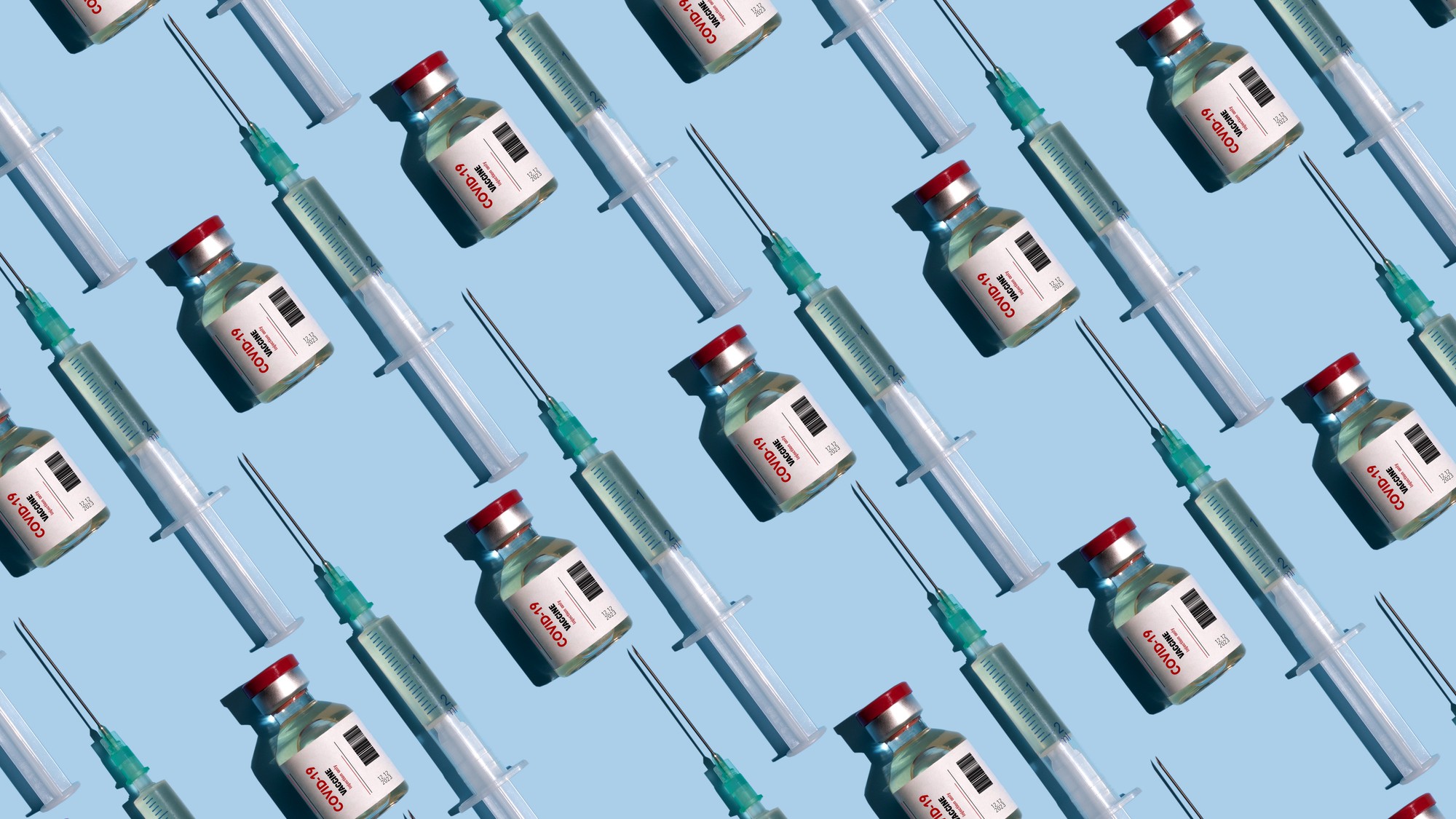 Covid-19 mRNA vaccines could help fight cancer
Covid-19 mRNA vaccines could help fight cancerUnder the radar They boost the immune system
-
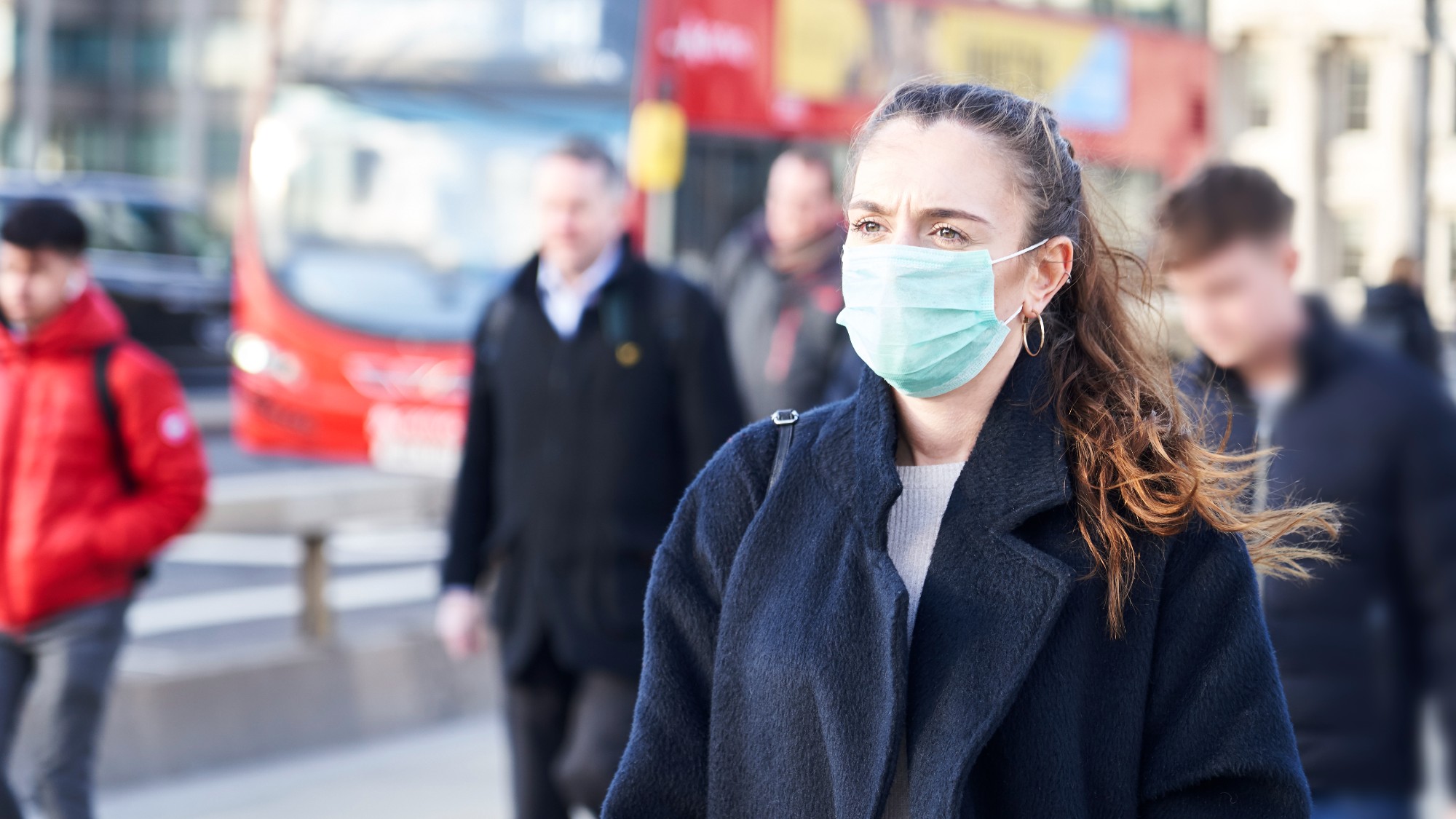 The new Stratus Covid strain – and why it’s on the rise
The new Stratus Covid strain – and why it’s on the riseThe Explainer ‘No evidence’ new variant is more dangerous or that vaccines won’t work against it, say UK health experts
-
 RFK Jr. vaccine panel advises restricting MMRV shot
RFK Jr. vaccine panel advises restricting MMRV shotSpeed Read The committee voted to restrict access to a childhood vaccine against chickenpox
-
 RFK Jr. scraps Covid shots for pregnant women, kids
RFK Jr. scraps Covid shots for pregnant women, kidsSpeed Read The Health Secretary announced a policy change without informing CDC officials
-
 New FDA chiefs limit Covid-19 shots to elderly, sick
New FDA chiefs limit Covid-19 shots to elderly, sickspeed read The FDA set stricter approval standards for booster shots
-
 RFK Jr.: A new plan for sabotaging vaccines
RFK Jr.: A new plan for sabotaging vaccinesFeature The Health Secretary announced changes to vaccine testing and asks Americans to 'do your own research'
-
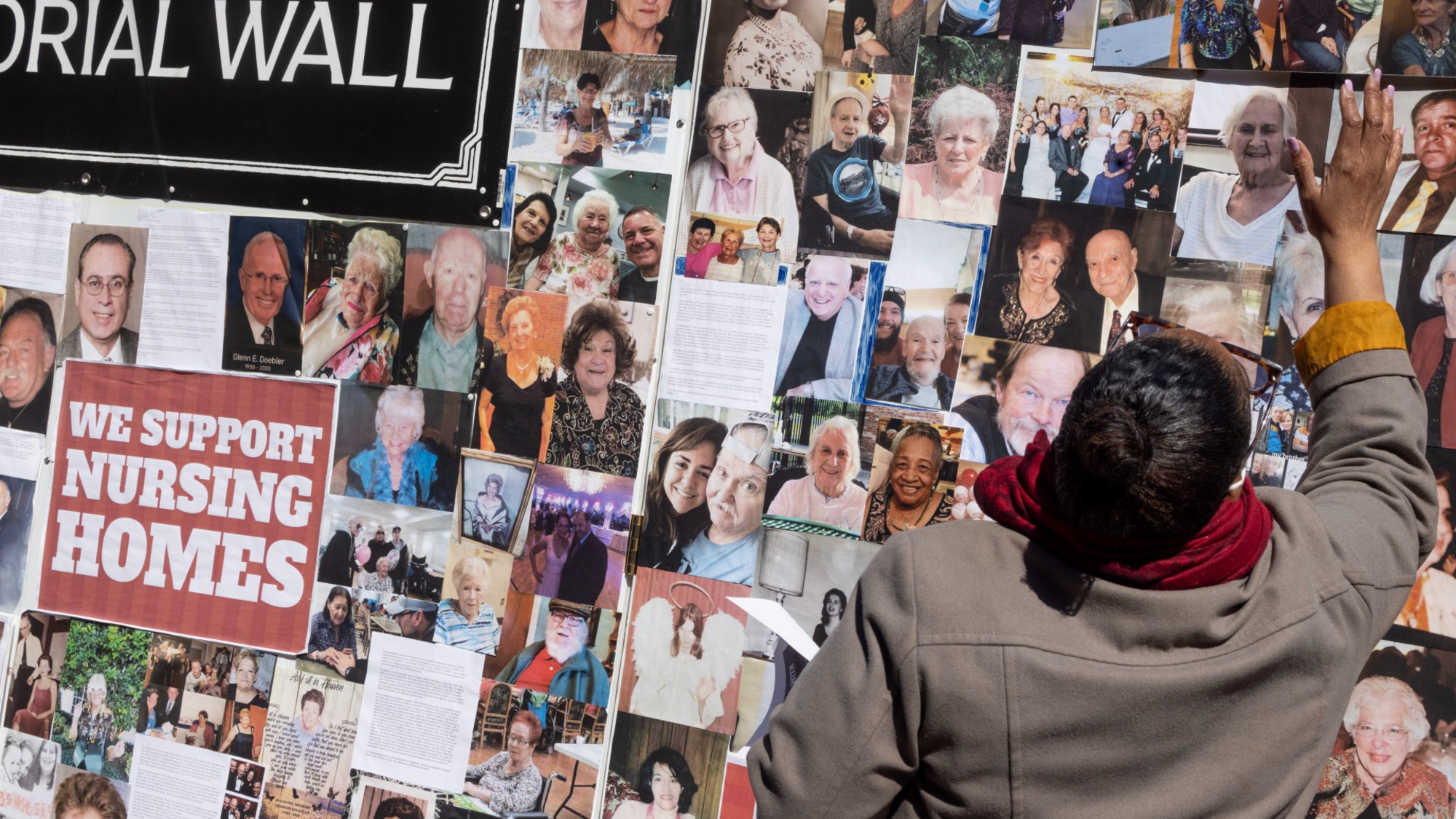 Five years on: How Covid changed everything
Five years on: How Covid changed everythingFeature We seem to have collectively forgotten Covid’s horrors, but they have completely reshaped politics
-
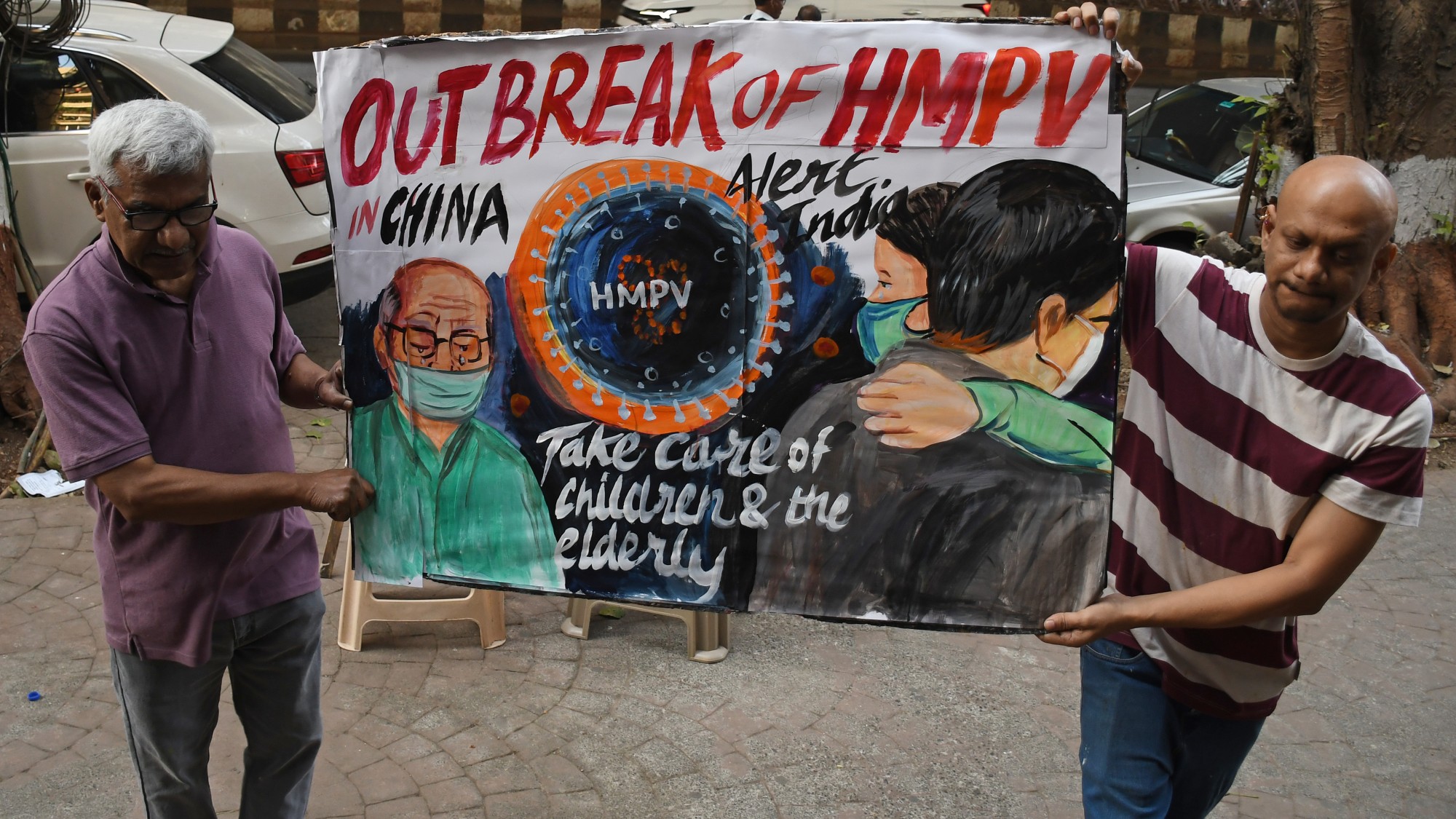 HMPV is spreading in China but there's no need to worry
HMPV is spreading in China but there's no need to worryThe Explainer Respiratory illness is common in winter

